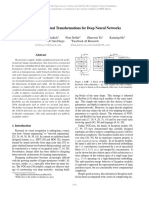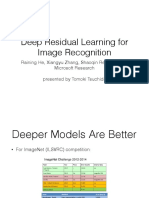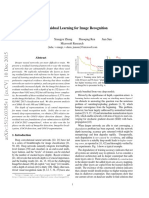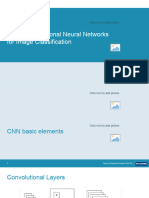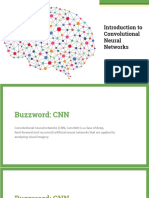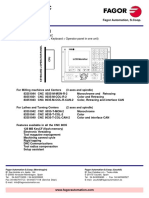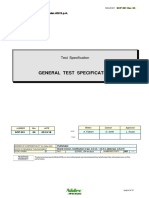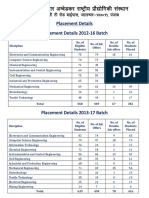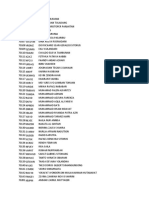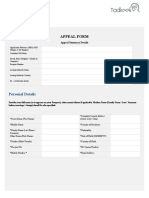0% found this document useful (0 votes)
78 views82 pagesGoogleNET and ResNet v4 With Nin and Bias
The document discusses convolutional 3D neural networks and ResNet architectures for image recognition. It describes the components and design of ResNet, including residual blocks, identity mappings, and periodically doubling the number of filters and downsampling spatially using stride.
Uploaded by
5049 Harishchandra KumarCopyright
© © All Rights Reserved
We take content rights seriously. If you suspect this is your content, claim it here.
Available Formats
Download as PDF, TXT or read online on Scribd
0% found this document useful (0 votes)
78 views82 pagesGoogleNET and ResNet v4 With Nin and Bias
The document discusses convolutional 3D neural networks and ResNet architectures for image recognition. It describes the components and design of ResNet, including residual blocks, identity mappings, and periodically doubling the number of filters and downsampling spatially using stride.
Uploaded by
5049 Harishchandra KumarCopyright
© © All Rights Reserved
We take content rights seriously. If you suspect this is your content, claim it here.
Available Formats
Download as PDF, TXT or read online on Scribd
/ 82






